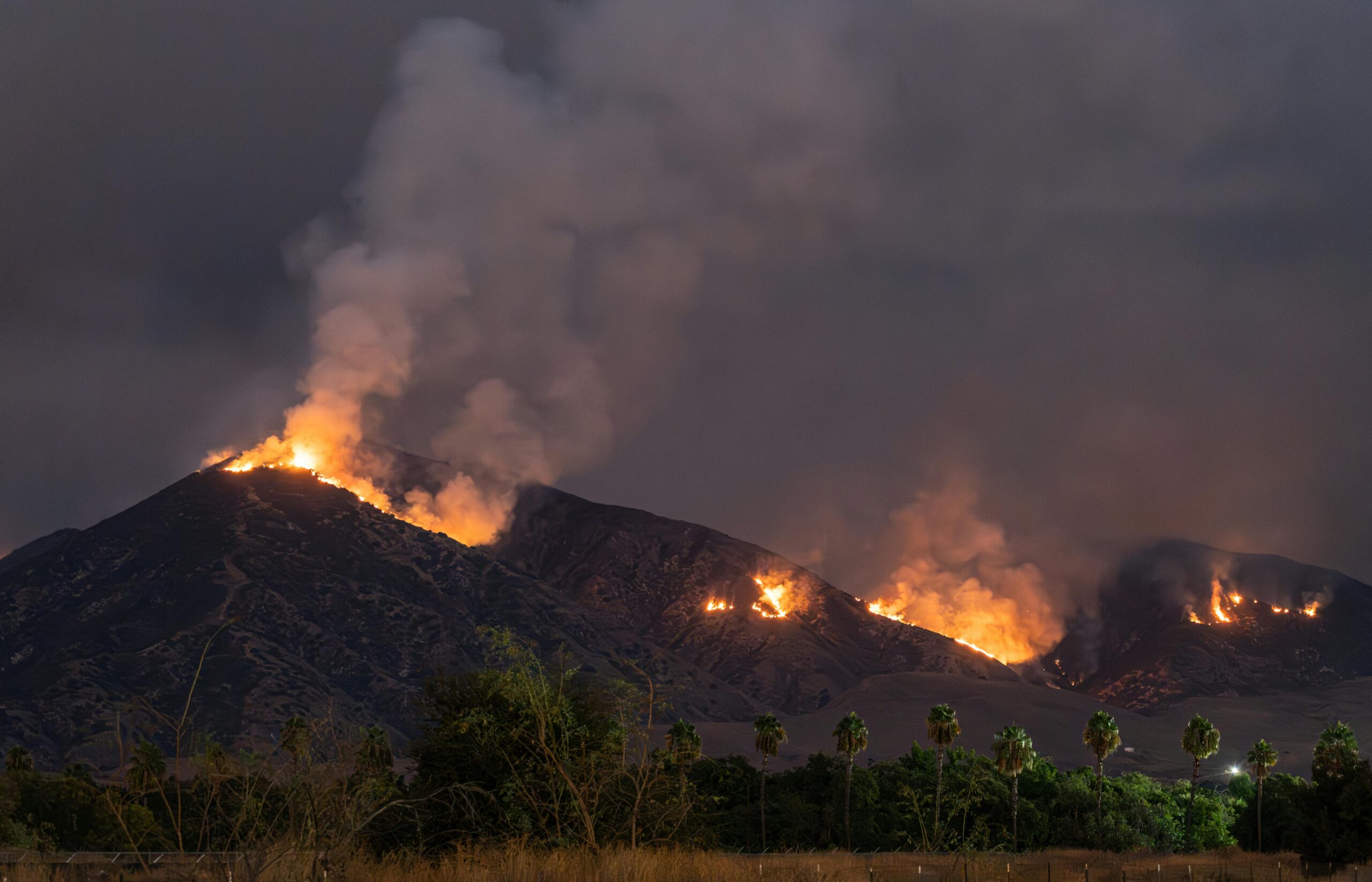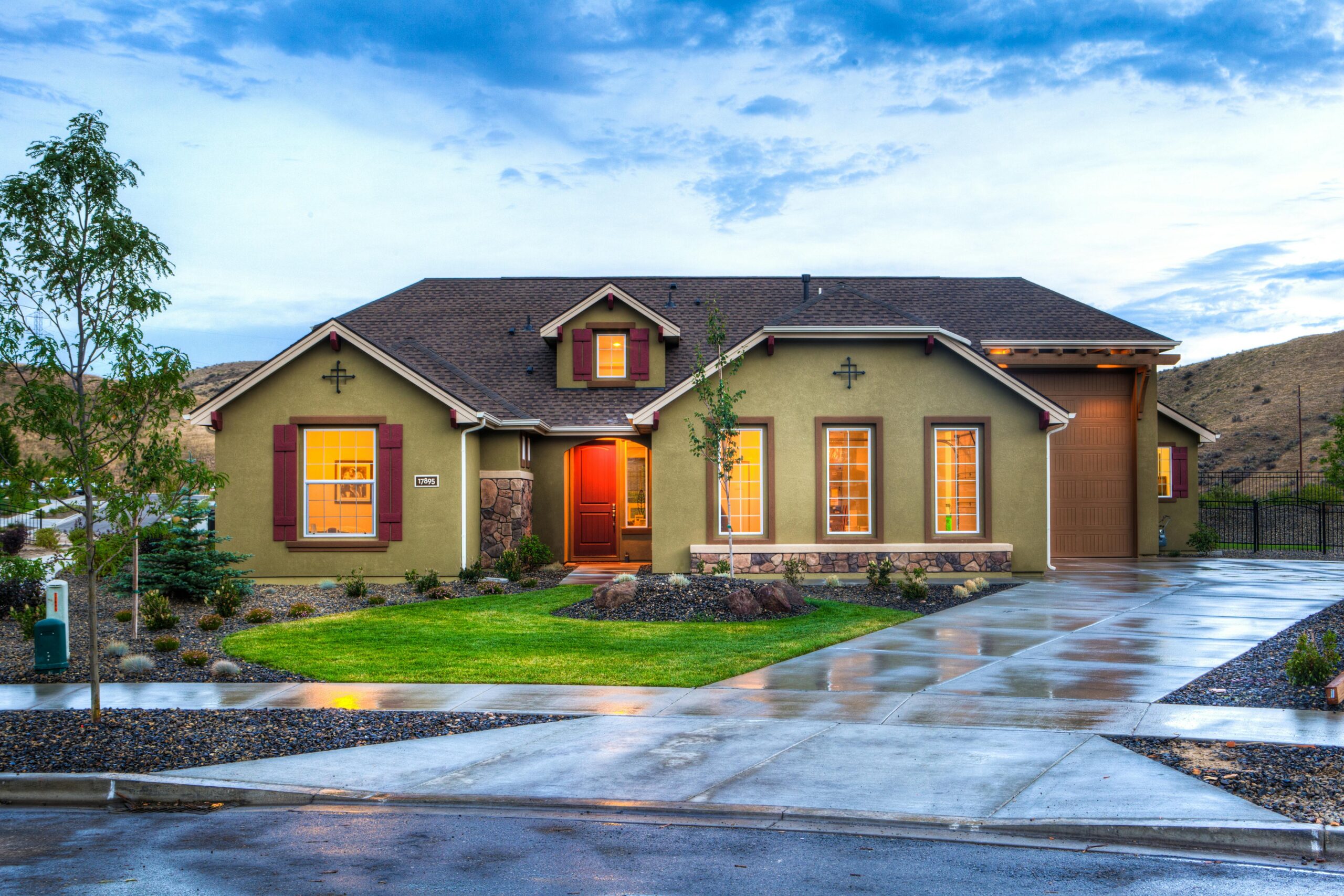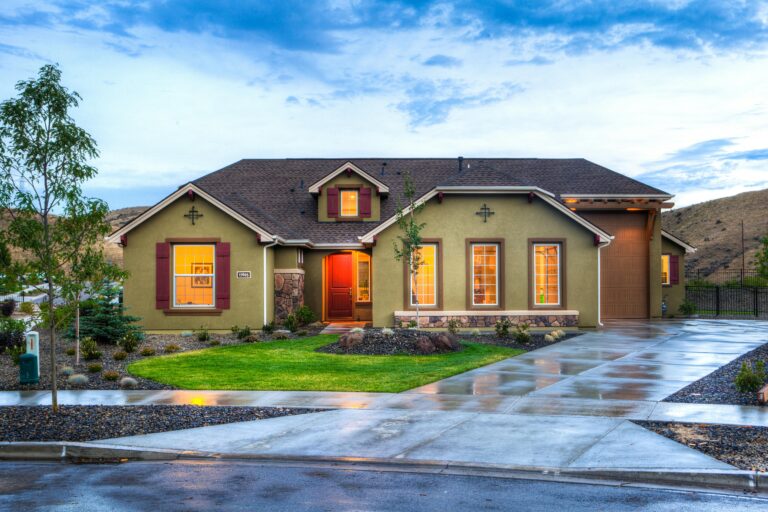
The real estate market in the United States has always been shaped by various economic, social, and environmental factors. However, in recent years, the increasing frequency and intensity of wildfires, hurricanes, floods, and other natural disasters have profoundly impacted property insurance—a critical aspect of homeownership and real estate investment. For first-time homebuyers and seasoned investors alike, understanding these changes is essential to making informed decisions in today’s dynamic market.
The Growing Impact of Natural Disasters on the Real Estate Market
Natural disasters in the U.S. are becoming more frequent and severe due to climate change. In 2023 alone, there were more than 20 separate billion-dollar weather and climate disasters, ranging from hurricanes to wildfires. These events cause significant property damage, driving up insurance claims and altering the way insurers assess risks. For the real estate market, this means higher insurance premiums, stricter coverage policies, and increased difficulty securing coverage in high-risk areas.
For example, California’s real estate market has felt the weight of devastating wildfires in recent years. Entire neighborhoods have been destroyed, and insurers have become increasingly hesitant to provide coverage in wildfire-prone areas. Similarly, coastal areas like Florida and the Gulf Coast face mounting challenges from hurricanes and rising sea levels. For homebuyers and investors, these trends require a deeper understanding of insurance policies and risk management.
The Shift in Property Insurance Policies
Insurance companies are adapting to this changing landscape by reevaluating their underwriting practices. Traditionally, insurers assessed risks based on historical data, but with climate change altering weather patterns, past trends are no longer reliable indicators. Here’s how property insurance policies are evolving:
Higher Premiums and Deductibles
Areas prone to natural disasters now see significantly higher premiums. In wildfire-prone regions like California or hurricane-exposed areas in Florida, annual insurance costs can be double or even triple the national average. Deductibles for disaster-related claims are also rising, meaning homeowners must shoulder more of the financial burden before insurance kicks in.
Exclusion of Certain Risks
Some policies now exclude coverage for specific risks, such as wildfire damage or flood-related losses. Homeowners in these areas often need to purchase additional policies, like flood or fire insurance, which can add substantial costs to property ownership.
State-Run Insurance Programs
In some high-risk regions, private insurers have pulled out entirely, leaving homeowners to rely on state-run insurance programs, such as California’s FAIR Plan or Florida’s Citizens Property Insurance Corporation. While these programs provide basic coverage, they often come with limitations and higher costs compared to private insurance.
Challenges for First-Time Homebuyers
For first-time homebuyers, navigating property insurance in the current environment can be daunting. Many buyers are unaware of how natural disasters influence insurance costs and coverage availability. This can lead to unexpected expenses or even challenges qualifying for a mortgage.
When purchasing a home, lenders typically require borrowers to secure property insurance as a condition of the loan. If a home is located in a high-risk area, insurance costs can dramatically affect affordability. Buyers must factor these costs into their budget, ensuring they can sustain monthly mortgage payments alongside higher premiums.
Another challenge is the availability of insurance. Some insurers may deny coverage for properties in high-risk areas altogether, leaving first-time buyers with limited options. Researching local risks and obtaining quotes from multiple insurers can help mitigate these challenges and avoid surprises during the buying process.
Implications for Real Estate Investors
Real estate investors face unique challenges as well. Natural disasters can significantly reduce property values in affected areas, undermining the long-term profitability of investments. Insurers’ tightened risk assessments also make it harder for investors to find comprehensive coverage for rental properties or second homes.
For landlords, higher insurance premiums can erode profit margins, especially if tenants are unwilling or unable to absorb increased rental rates. Additionally, stricter policies and exclusions for disaster-prone areas mean that investors must budget for out-of-pocket repairs if a disaster strikes.
However, opportunities still exist for investors who carefully evaluate risks and adapt their strategies. For instance, properties in areas with robust disaster preparedness and mitigation measures may remain attractive despite higher insurance costs. Investors can also explore emerging markets less affected by climate change, diversifying their portfolios to reduce exposure to risk.
Strategies for Managing Risk
Both homebuyers and investors must take proactive steps to manage risks associated with natural disasters and rising insurance costs. Below are some strategies to consider:
Conduct Thorough Risk Assessments
Before purchasing a property, research local risks such as wildfire zones, floodplains, or hurricane-prone regions. Tools like FEMA’s Flood Map Service Center can provide valuable insights. Additionally, consider obtaining a professional inspection to assess the property’s disaster resilience.
Invest in Mitigation Measures
Homes with disaster-resistant features, such as fire-resistant roofing, storm shutters, or elevated foundations, may qualify for lower insurance premiums. Investing in such upgrades can make properties more appealing to insurers and reduce long-term costs.
Bundle Insurance Policies
Bundling property insurance with other types of coverage, such as auto or life insurance, can sometimes lead to discounts. Discuss these options with insurance providers to maximize savings.
Work with Specialized Insurers
In high-risk areas, consider working with insurers that specialize in disaster coverage. These companies may offer tailored policies that address specific risks more effectively than standard insurers.
Plan for Long-Term Cost Increases
Insurance premiums are likely to continue rising as climate change progresses. Buyers and investors should budget for these increases and factor them into their financial planning.
The Role of Government and Policy
Government intervention is becoming increasingly important in addressing the challenges posed by natural disasters. Federal programs like the National Flood Insurance Program (NFIP) provide crucial coverage for homeowners in flood-prone areas. However, these programs are under financial strain due to the rising costs of disaster claims.
State governments are also stepping in with initiatives to mitigate risks and support homeowners. For example, California has implemented stricter building codes in wildfire-prone areas, while Florida offers grants to help homeowners strengthen their properties against hurricanes.
Policymakers are also exploring ways to incentivize insurers to continue providing coverage in high-risk areas. This could include subsidies, tax breaks, or public-private partnerships to distribute risk more equitably.
Opportunities in a Changing Market
While the challenges are significant, the evolving property insurance landscape also presents opportunities for those willing to adapt. For example, demand for homes in lower-risk areas is growing as buyers and investors seek safer alternatives. This shift creates opportunities to invest in emerging markets or develop properties designed for resilience against natural disasters.
Additionally, the focus on disaster mitigation is driving innovation in construction and technology. Smart home systems, sustainable building materials, and energy-efficient designs are becoming increasingly popular, adding value to properties and appealing to environmentally conscious buyers.
Key Takeaways for Homebuyers and Investors
Navigating property insurance in the era of wildfires and natural disasters requires careful planning and a proactive approach. For first-time homebuyers, understanding local risks and factoring insurance costs into your budget are critical steps. For investors, evaluating long-term risks and adapting strategies to protect your portfolio can help mitigate potential losses.
Whether you’re buying your first home or expanding your real estate portfolio, working with knowledgeable professionals—such as real estate agents, insurance brokers, and financial advisors—can provide valuable guidance. Staying informed about changes in the insurance industry and government policies will also help you make smarter decisions in this ever-changing market.

Looking Ahead
As natural disasters continue to reshape the U.S. real estate market, property insurance will remain a key consideration for homebuyers and investors. While the challenges are undeniable, they also underscore the importance of resilience and innovation in the housing industry.
By understanding the evolving landscape, taking proactive steps to manage risks, and exploring new opportunities, you can navigate this complex environment and make informed, strategic decisions. Whether you’re a first-time buyer or a seasoned investor, the key is to stay adaptable and prepared for what lies ahead.






